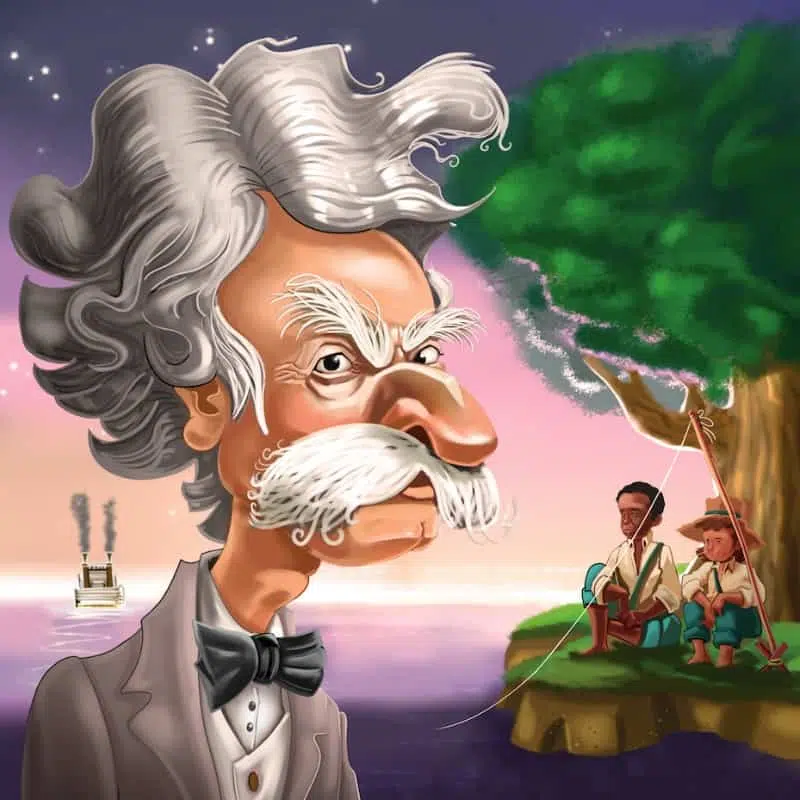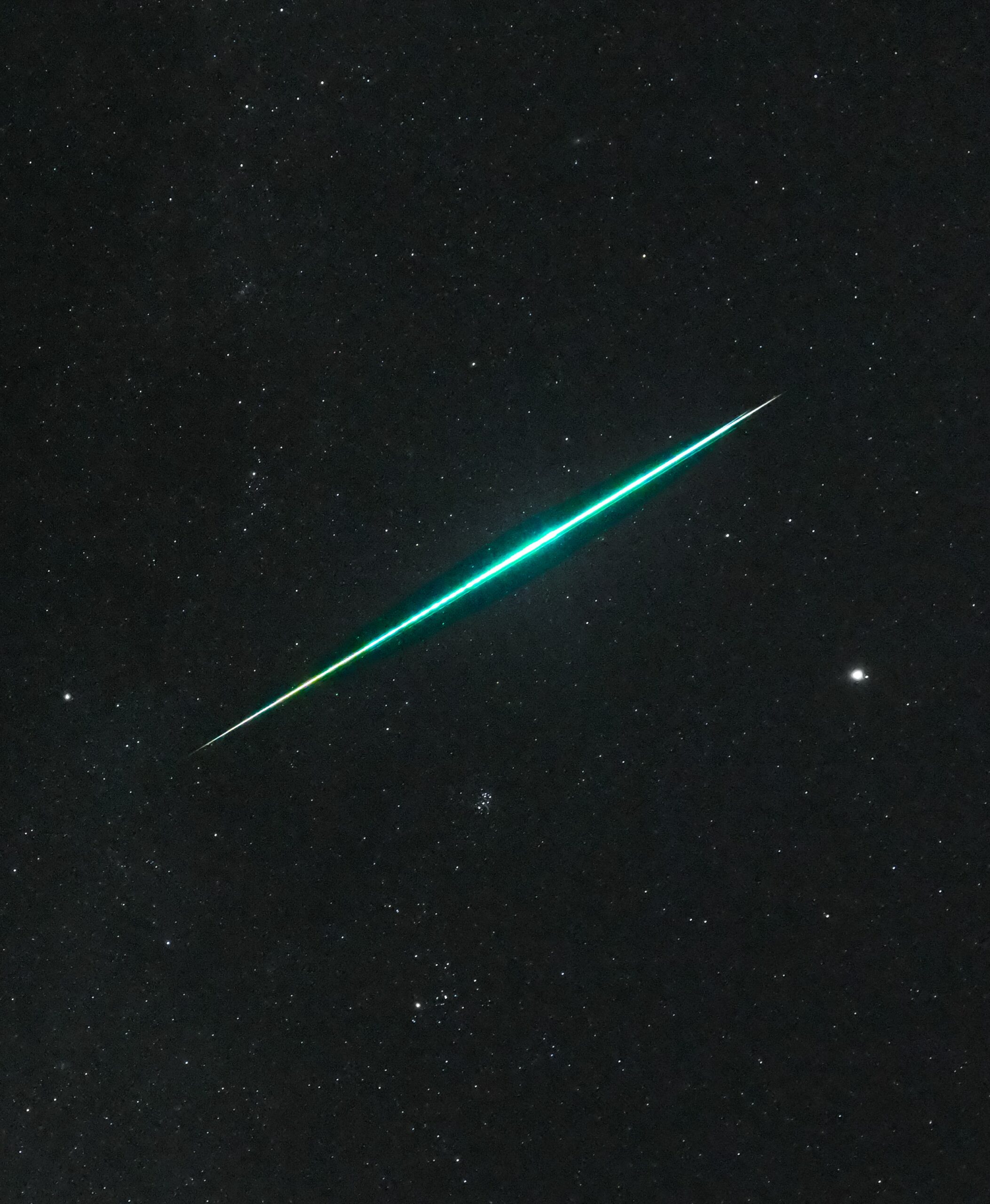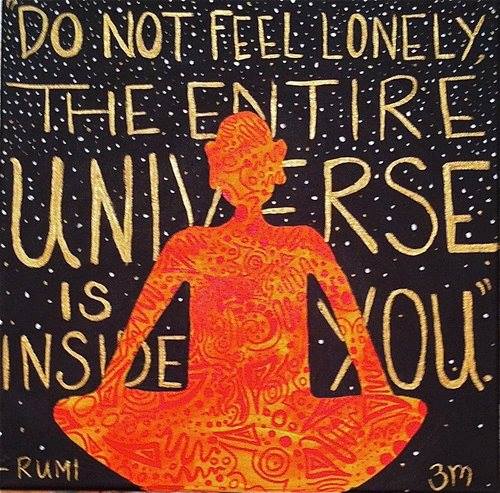Blog
Richard Clare Danko (December 29, 1943 – December 10, 1999) was a Canadian musician, bassist, songwriter, and singer, best known as a founding member of The Band, for which he was inducted into the Rock and Roll Hall of Fame in 1994.
During the 1960s, Danko performed as a member of the Hawks, backing Ronnie Hawkins and then Bob Dylan. Then, between 1968 and 1977, Danko and the Hawks, now called The Band, released seven studio albums before breaking up. Beginning with the group’s reformation in 1983 and up until his death, Danko participated in the Band’s partial reunion. On December 10, 1999, days after the end of a brief tour of the Midwest that included two shows in the Chicago area and a final gig at the Ark in Ann Arbor, Michigan, Danko died of heart failure in his sleep at his home in Marbletown, New York. He was 55.
more...Matthew Tyler Murphy (December 29, 1929 – June 15, 2018), known as Matt “Guitar” Murphy, was an American blues guitarist. He was associated with Memphis Slim, The Blues Brothers and Howlin’ Wolf.
Murphy was born in Sunflower, Mississippi, and was educated in Memphis, Tennessee, where his father worked at the Peabody Hotel. Murphy learned to play guitar when he was a child.
In 1948, Murphy moved to Chicago, where he joined the Howlin’ Wolf Band, which at the time featured Little Junior Parker. In 1952, Murphy recorded with Little Junior Parker and Ike Turner, resulting in the release, “You’re My Angel”/“Bad Women, Bad Whiskey”(Modern 864), credited to Little Junior Parker and the Blue Flames.
more...Entrada – Entrance, often performed to a guitar falseta or to the singer’s entrance (salida) ti ri ti tran, tran…
Llamada – The dancer’s call starting on count 1, indicating that a new section is about to begin. This can be a long sequence of footwork or just one or two sets of compás (12 or 24 counts). This is also the cue for the singer’s entrance.
Letra – The dancer’s call starting on count 1, indicating that a new section is about to begin. This can be a long sequence of footwork or just one or two sets of compás (12 or 24 counts). This is also the cue for the singer’s entrance.
First Escobilla – The first extended footwork section. The dancer displays virtuosic footwork here while the guitar plays a standardized arpeggio pattern. The singer doesn’t usually sing during an escobilla. This builds to a subída, two or more sets of compás in which the dancer builds to a climax.
Silencio – This is a traditional 6-12 compás falseta performed by the guitarist. The music is slow and in the parallel minor key. The dancer interprets the music, usually in a lyrical rather than percussive manner. The final compás moves back to the major key and the original tempo, leading to the castellana.
Castellana – This is a combination footwork/remate section that leads away from the silencio into an escobilla. Usually 4 compás long, the singer sings the traditional ‘tiriti tran tran tran” or a shortened verse. This generally ends with one or more sets of compás for the remate. This section is not always performed, but is often included in a completely traditional version of the dance.
Seco – This footwork section is often performed a palo seco, where the guitar acts as a rhythm instrument as the guitarist strums muted strings, and palmistas perform strong palmas. The dancer can establish the tempo with palmas and traveling steps for two or more compás, and will continue on to perform many intricate footwork variations.
Third Escobilla – The guitar returns with traditional escobilla music while the dancer performs more intricate footwork variations.
Cambio – The traditional escobilla starts on count 1 of the compás while the Bulerías de Ca’i, the closing section, starts on beat 12. In the cambio section, the guitarist and dancer move the accent structure to beat 12 to segue into the bulerías.
Buleria de C’ai – Bulerías de Ca’i is performed as a finale/remate for the entire dance. The singer sings the traditional bulerías de Ca’i in a major key. This section transitions into the salida/cierre with a desplante llamada – a standardized 12 to 24 count pattern that is the bridge/cue into Bulerías e Ca’i.
Salida – The dancer dances off stage to traditional closing music. The dancer can also end on stage, but will usually perform a long traveling pattern leading to the closing cierre.
more...
For a brief moment, this brilliant fireball meteor outshone Jupiter in planet Earth’s night. The serendipitous image was captured while hunting meteors under cold Canadian skies with a camera in timelapse mode on December 14, near the peak of the Geminid meteor shower. The Geminid meteor shower, asteroid 3200 Phaethon’s annual gift, always arrives in December. Dust shed along the orbit of the mysterious asteroid causes the meteor streaks, as the vaporizing grains plow through our fair planet’s upper atmosphere at 22 kilometers per second. Of course Geminid shower meteors appear to radiate from a point in the constellation of the Twins. That’s below and left of this frame. With bright Jupiter on the right, also in the December night skyview are the Pleiades and Hyades star clusters.

DCIM100GOPROG0030446.JPG
more...
Charles Neville (December 28, 1938 – April 26, 2018) was an American R&B and jazz musician best known as part of The Neville Brothers. Known onstage as “Charlie the horn man”, his saxophone playing helped earn the group a Grammy Award for best pop instrumental performance.
The second oldest of the four Neville brothers, Charles Neville was born in New Orleans on December 28, 1938, to Arthur Lanon Neville Sr. and Amelia (Landry) Neville and was raised in the Calliope housing project with his musical brothers, Art, Aaron, and Cyril. Their uncle, George “Big Chief Jolly” Landry, was lead singer of the Mardi Gras Indian group The Wild Tchoupitoulas. Charles left home when he was 15 to play saxophone with the Rabbit’s Foot Minstrel Show. When back in New Orleans, he played in the house band at the Dew Drop Inn.
He served in the Navy from 1956 to 1958 and discovered the music scene on Beale Street while stationed in Memphis, Tennessee, later touring with B.B. King and Bobby (Blue) Bland.
more...Michel Petrucciani 28 December 1962 – 6 January 1999) was a French jazz pianist. From birth he had osteogenesis imperfecta, a genetic disease that causes brittle bones and, in his case, short stature. He became one of the most accomplished jazz pianists of his generation despite his health condition and relatively short life.
Michel Petrucciani came from an Italo-French family (his grandfather was from Naples) with a musical background. His father Tony played guitar, his brother Louis played bass, and his brother Philippe also plays the guitar. Michel was born with osteogenesis imperfecta, which is a genetic disease that causes brittle bones and, in his case, short stature. It is also often linked to pulmonary ailments. The disease caused his bones to fracture over 100 times before he reached adolescence and kept him in pain throughout his entire life. “I have pain all the time. I’m used to having hurt arms,” he said. In Michel’s early career, his father and brother occasionally carried him because he could not walk far on his own unaided. In certain respects he considered his disability an advantage, as he got rid of distractions like sports that other boys tended to become involved in. And he hints that his disability was helpful in other parts of his life. He said: “Sometimes I think someone upstairs saved me from being ordinary.” In 1999 Petrucciani died from a pulmonary infection a week after his 36th birthday. He was interred in Le Père Lachaise Cemetery in Paris, one tomb away from Frédéric Chopin.
more...Lonnie Liston Smith Jr. (born December 28, 1940) is an American jazz, soul, and funk musician who played with such jazz artists as Pharoah Sanders and Miles Davis before forming Lonnie Liston Smith and the Cosmic Echoes, recording a number of albums widely regarded as classics in the fusion, smooth jazzand acid jazz genres.
Smith was born and raised in Richmond, Virginia, United States to a musical family; his father was a member of Richmond Gospel music group The Harmonizing Four, and he remembered groups such as the Swan Silvertones and the Soul Stirrers (featuring a young Sam Cooke) as regular visitors to the house when he was a child. He studied piano, tuba and trumpet in high school and college before receiving a B.S.in music education from Morgan State University in Baltimore in 1961.
more...Edmund Leonard Thigpen (December 28, 1930 – January 13, 2010) was an American jazz drummer, best known for his work with the Oscar Peterson trio from 1959 to 1965. Thigpen also performed with the Billy Taylor trio from 1956 to 1959.
Born in Chicago, Illinois, United States, Thigpen was raised in Los Angeles, California, and attended Thomas Jefferson High School, where Art Farmer, Dexter Gordon and Chico Hamilton also attended. After majoring in sociology at Los Angeles City College, Thigpen returned to East St. Louis for one year to pursue music while living with his father who had been playing with Andy Kirk‘s Clouds of Joy. His father, Ben Thigpen, was a drummer who played with Andy Kirk for sixteen years during the 1930s and 1940s.
Thigpen first worked professionally in New York City with the Cootie Williams orchestra from 1951 to 1952 at the Savoy Ballroom. During this time he played with musicians such as Dinah Washington, Gil Mellé, Oscar Pettiford, Eddie Vinson, Paul Quinichette, Ernie Wilkins, Charlie Rouse, Lennie Tristano, Jutta Hipp, Johnny Hodges, Dorothy Ashby, Bud Powell, and Billy Taylor.
more...Earl Kenneth Hines, also known as Earl “Fatha“ Hines (December 28, 1903 – April 22, 1983), was an American jazz pianist and bandleader. He was one of the most influential figures in the development of jazz piano and, according to one source, “one of a small number of pianists whose playing shaped the history of jazz”.
The trumpeter Dizzy Gillespie (a member of Hines’s big band, along with Charlie Parker) wrote,
The piano is the basis of modern harmony. This little guy came out of Chicago, Earl Hines. He changed the style of the piano. You can find the roots of Bud Powell, Herbie Hancock, all the guys who came after that. If it hadn’t been for Earl Hines blazing the path for the next generation to come, it’s no telling where or how they would be playing now. There were individual variations but the style of … the modern piano came from Earl Hines.
The pianist Lennie Tristano said, “Earl Hines is the only one of us capable of creating real jazz and real swing when playing all alone.” Horace Silver said, “He has a completely unique style. No one can get that sound, no other pianist”. Erroll Garner said, “When you talk about greatness, you talk about Art Tatumand Earl Hines”.
Count Basie said that Hines was “the greatest piano player in the world”. Earl Hines was born in Duquesne, Pennsylvania, 12 miles from the center of Pittsburgh, in 1903. His father, Joseph Hines, played cornet and was the leader of the Eureka Brass Band in Pittsburgh,[6] and his stepmother was a church organist.
more...Drifting near bright star Eta Geminorum, seen at the right, the Jellyfish Nebula extends its tentacles from the bright arcing ridge of emission left of center. In fact, the cosmic jellyfish is part of bubble-shaped supernova remnant IC 443, the expanding debris cloud from a massive star that exploded. Light from the explosion first reached planet Earth over 30,000 years ago. Like its cousin in astronomical waters, the Crab Nebula supernova remnant IC 443 is known to harbor a neutron star — the remnant of the collapsed stellar core. The Jellyfish Nebula is about 5,000 light-years away. At that distance, the featured image would span about 140 light-years across.

Terry John Bozzio (born December 27, 1950) is an American drummer best known for his work with Missing Persons and Frank Zappa. He has been featured on nine solo or collaborative albums, 26 albums with Zappa and seven albums with Missing Persons. Bozzio has been a prolific sideman, playing on numerous releases by other artists since the mid-1970s. He was inducted into the Modern DrummerHall of Fame in 1997.Terry Bozzio was born on December 27, 1950, in San Francisco, California. He started at age 6 playing makeshift drum sets. At the age of 13 he saw the Beatles‘ premiere performance on The Ed Sullivan Show and begged his father for drum lessons.
In 1968, Bozzio graduated from Sir Francis Drake High School in San Anselmo, California, where he received a music scholarship award, and later went on to the College of Marin. During this time he studied concurrently with Chuck Brown on the drum set and Lloyd Davis and Roland Kohloff on a percussion and timpani scholarship. He also played Bartok-Dahl-Cowell & Baroque chamber ensembles with the Marin and Napa County Symphonies.
more...Tracy Nelson (born December 27, 1944) is an American country and blues singer. She has been involved in the recording of over 20 albums in her recording career, which started in 1965.
Nelson was born and grew up in Madison, Wisconsin, United States. There, she first learned about R&B music from nighttime listening to WLAC radio from Nashville, Tennessee. In her teens, Nelson sang folk music in coffeehouses and with The Fuller-Wood Singers group, and was lead singer in The Fabulous Imitations band. She attended the University of Wisconsin as a social science major.
In 1965, Nelson recorded an acoustic blues album released on Prestige Records, Deep Are the Roots. It featured blues harmonica player Charlie Musselwhite as a member of her backup band. In Chicago, where the album was recorded, Nelson met and learned from artists including Muddy Waters, Howlin’ Wolf, and Otis Spann.
more...Thelonious Sphere Monk III (born December 27, 1949) is an American jazz drummer, composer and bandleader. He is the son of jazz pianist Thelonious Monk.
Born in New York City, Monk began his music career early in his life, honing his skills throughout the 1970s. Monk’s destiny was sealed when Art Blakey gave him his first drum set at the age of 15, and began lessons with Max Roach. After earning a reputation in school as a rabble-rouser (and graduating), the young Monk joined his father’s trio and toured with his dad until the elder Monk’s retirement in 1975.Monk then launched into the music that had captivated him and his generation, R&B. He first toured with a group called Natural Essence and afterward, along with his sister Barbara, formed his own band.
By the dawning of the 1980s, he had formed his eponymous band, which featured him on drums and occasional lead vocals. The group’s début album, 1980’s House of Music, featured several hits that placed on the Billboard R&B chart, including “Bon Bon Vie (Gimme the Good Life)“, which featured Monk on lead vocals, and “Candidate for Love”. The tracks peaked at No. 63 and No. 58 respectively, in the UK Singles Chart. The band went on to release two more albums throughout the early 1980s, though singlesreleased from these albums did not fare as well as those on the début.
more...
